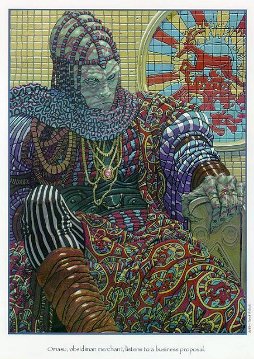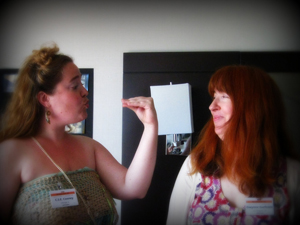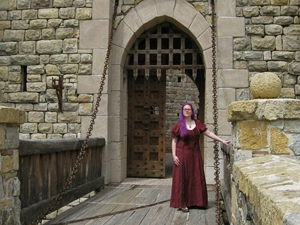Steve Ditko and The Start of Something Strange
 One of my favourite Marvel Comics characters, certainly my favourite of all their big names, is Doctor Strange. Like most established Marvel characters, he’s been handled a lot of different ways over the course of time. I’d like to look back, and look closely, at one of the early tales that defined him most clearly — specifically, his origin story.
One of my favourite Marvel Comics characters, certainly my favourite of all their big names, is Doctor Strange. Like most established Marvel characters, he’s been handled a lot of different ways over the course of time. I’d like to look back, and look closely, at one of the early tales that defined him most clearly — specifically, his origin story.
Doctor Strange first appeared in Strange Tales 110, in which he investigates a man’s recurring bad dreams and battles an old enemy, Nightmare, master of the Dream Dimension. Strange is a kind of occult detective, a figure in the tradition of Martin Hessselius or John Silence (or, more closely, Mandrake or Zatara). Unlike them, though, he’s more magician than detective. Although we meet him here for the first time, he’s clearly an experienced wizard — “Never again shall you thwart me!” claims Nightmare. We don’t discover in this five-page story how Strange came to have his powerful magical amulet, or who his mysterious mentor is.
The next month’s story gives us a bit more background, introducing another archenemy who has a history with the good doctor — Baron Mordo, a former student of Strange’s mentor and master. We get a sense of Strange’s power, too, as he has a battle of astral forms with Mordo. The next two issues didn’t have a Doctor Strange story, then issue 114 presented another battle with Mordo. It was with the next story, in issue 115, that we finally learned who this man of mystery really was.

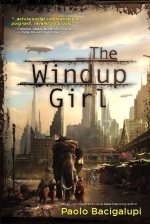
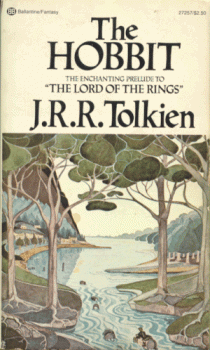 Last week in
Last week in The Odyssey stands alongside Gilgamesh as perhaps the earliest Western examples of fantasy literature.
The Odyssey stands alongside Gilgamesh as perhaps the earliest Western examples of fantasy literature.  So everyone’s crying about the
So everyone’s crying about the 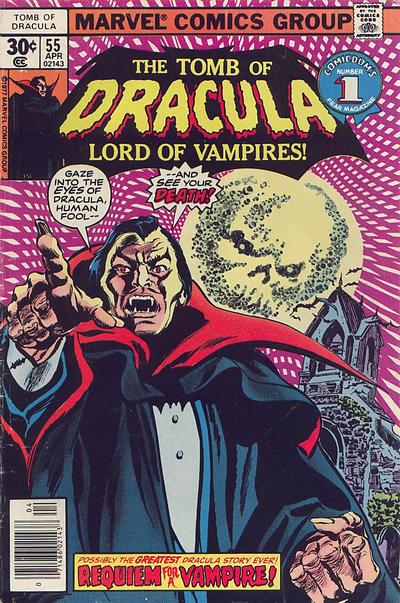
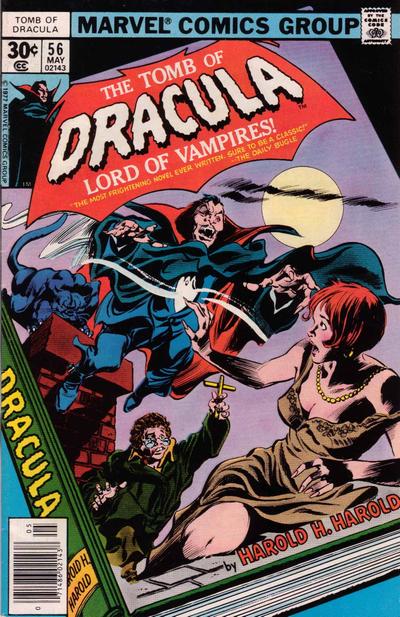 #56, “The Vampire Conspiracy” is the title of Harold’s fictionalized account of his encounters with Dracula. This is really just a humorous filler issue which neatly summarizes the Boston-based storyline thus far and wrings some humor out of the contrast between Harold’s narration (where he depicts himself as capable, heroic, and distinctly Sherlockian) and the reader’s recollection of what has occurred in the narrative up to this point. It is interesting to note that Harold portrays Rachel and Aurora as helpless damsels in distress in a fashion that is very familiar to those who grew up on a steady diet of Universal and Hammer horror. Most intriguing is a purely fictionalized encounter between Dracula and Satan who appears in the form of a black panther. While no such event has occurred, it does prefigure the direction Wolfman is about to take with the storyline in coming months. As it is, the issue remains a diverting time-filler.
#56, “The Vampire Conspiracy” is the title of Harold’s fictionalized account of his encounters with Dracula. This is really just a humorous filler issue which neatly summarizes the Boston-based storyline thus far and wrings some humor out of the contrast between Harold’s narration (where he depicts himself as capable, heroic, and distinctly Sherlockian) and the reader’s recollection of what has occurred in the narrative up to this point. It is interesting to note that Harold portrays Rachel and Aurora as helpless damsels in distress in a fashion that is very familiar to those who grew up on a steady diet of Universal and Hammer horror. Most intriguing is a purely fictionalized encounter between Dracula and Satan who appears in the form of a black panther. While no such event has occurred, it does prefigure the direction Wolfman is about to take with the storyline in coming months. As it is, the issue remains a diverting time-filler.
